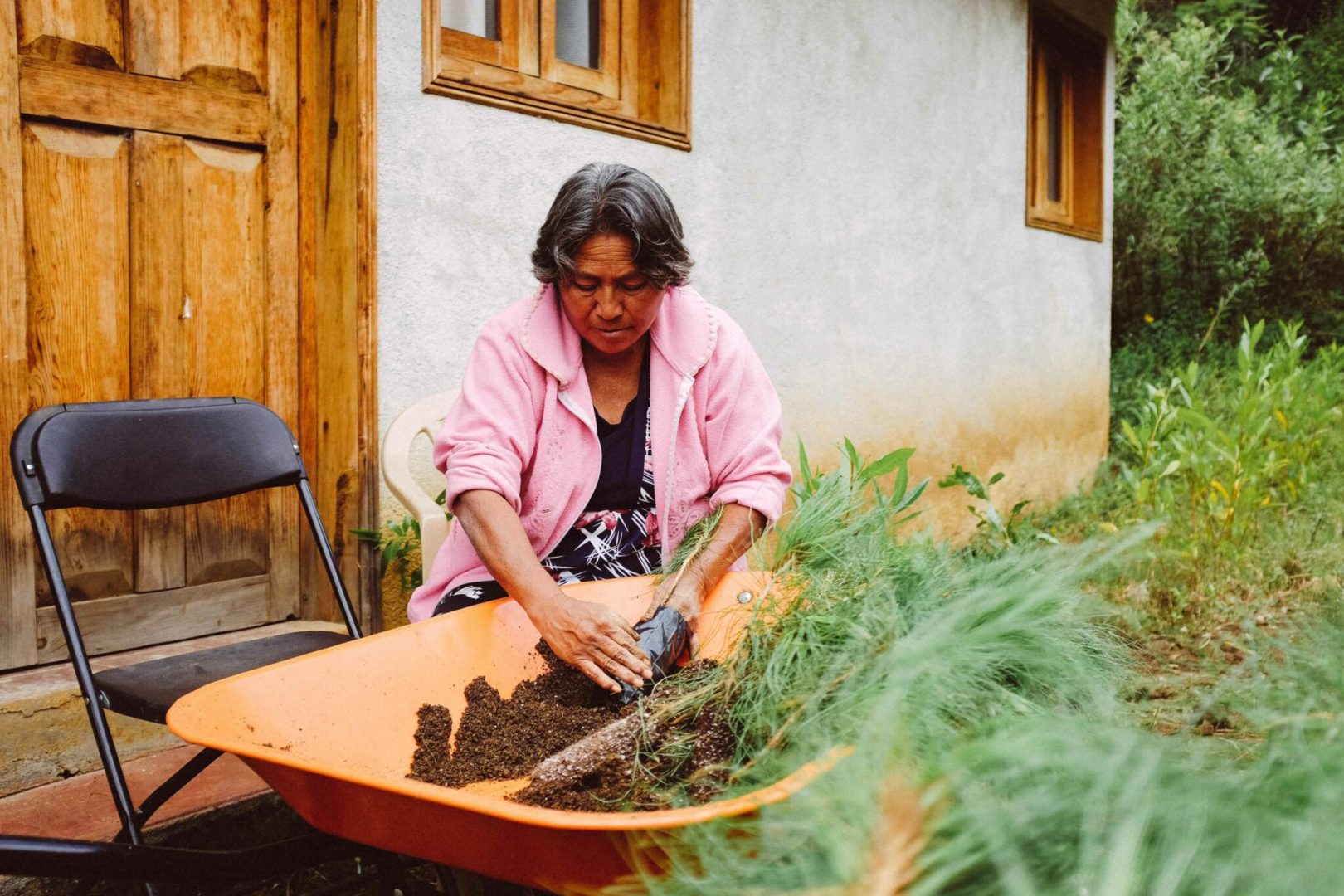Plant With Purpose is heavily committed to the use of community savings groups. Across seven countries, over 1,200 savings groups regularly meet. Community members can bring the cash they’ve been able to save, investing that money by purchasing shares. When they’ve accumulated enough in savings, they can then take out a loan to make improvements to their farm, their homes, or their lives.
When they make these improvements, they grow financially. After they repay their loans with a bit of interest, the community grows financially as well. These groups have provided a pathway out of poverty for communities that have suffered from poverty for so long.
Microfinance isn’t exactly a new idea anymore. The practice of small scale loans in developing communities has modern day roots that go back as far as the 1970s. It is still much more difficult to find microfinance that is tailored for rural areas. In these agrarian locations where Plant With Purpose works, banks are rare and many microfinance programs are less suited for rural lifestyles.
One thing we’ve learned over and over again from building and strengthening savings groups in rural communities all over the world is this: sustainability and microfinance go hand in hand. Helping one helps the other. Neglecting one hurts the other. Here’s why.

Sustainable agriculture results in larger incomes.
Without sustainable agriculture, there isn’t much to save.
Rural populations suffer the most from worsening environmental conditions because their farms are their source of income and survival. A typical rural farmer will grow crops on her land that she uses to feed her family. She can sell everything else at the market, which covers the rest of her family’s living expenses.
When soil infertility, drought, or crop disease take place, they drastically reduce harvests. This means families often don’t have enough to eat, let alone to sell for income. Having the initial capital to begin investing in the future is off the table when families are unsure of how they will eat their next meal.
Restoring the environment can reverse the effects of environmental degradation. This means crops can grow more plentifully, and in Plant With Purpose’s programs, we’ve seen this growth increase from 44-80%. Since they can sell more crops, they can also begin saving.

Farmer Field Schools help expand environmental awareness.
Without environmental training, there is a risk of increasing damage to the land.
Without proper training on how to care for the environment, there is a chance that financial growth could result in more harmful practices.
Many harmful farming practices increase during times of food insecurity, in an attempt to grow more food. Burning farmland, using chemicals, or turning trees into charcoal are common because they can more quickly generate cash. In the long-term, however, these damage the soil so badly that the farmers suffer overall. Simply increasing the amount of financial resources rural farmers have isn’t always enough to stop these practices.
A farmer who goes from $1 a day to $2 may decide that the extra money could be spent on more chemical fertilizers, for example. Environmental training can change that. Instead, many Plant With Purpose participants invest their loans in things like livestock or sustainable farming equipment.

Communities like Oaxaca remind us of the connection between people and the planet.
We remember that a healthy environment and a thriving economy go hand in hand.
One steady pattern we see is that as savings groups increase, so do the amount of trees planted in the areas where we work. In fact, we see an improvement in most measures of environmental health.
Protecting the environment is not in conflict with promoting a thriving economy.
In reality, you need economic stability in order for people to act long-term when taking care of the environment. You need a thriving environment to help people reach economic sufficiency. You need environmental awareness for long-term economic success.
Across 12,000 savings groups, 600 communities, and 7 countries, we’ve seen that the environment and economy aren't in conflict. These two areas aren’t even the separate spheres that we often think they are. Everything is connected.
Plant With Purpose seeks to open even more empowerment groups across Africa, Latin America, and Southeast Asia. We also hope to strengthen those already in the process of transforming lives. To become a part of supporting this transformation, learn about becoming a Purpose Partner!
















